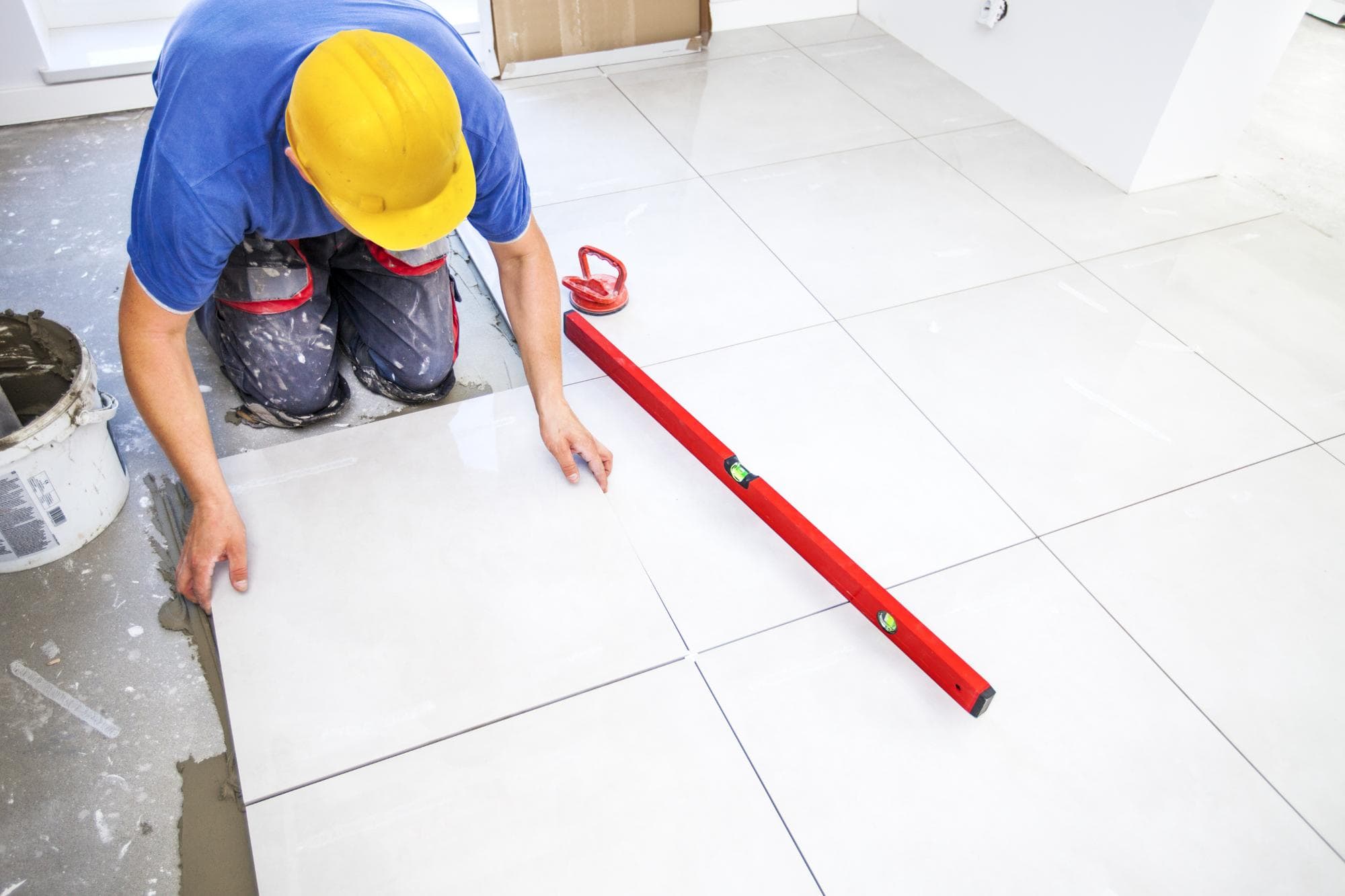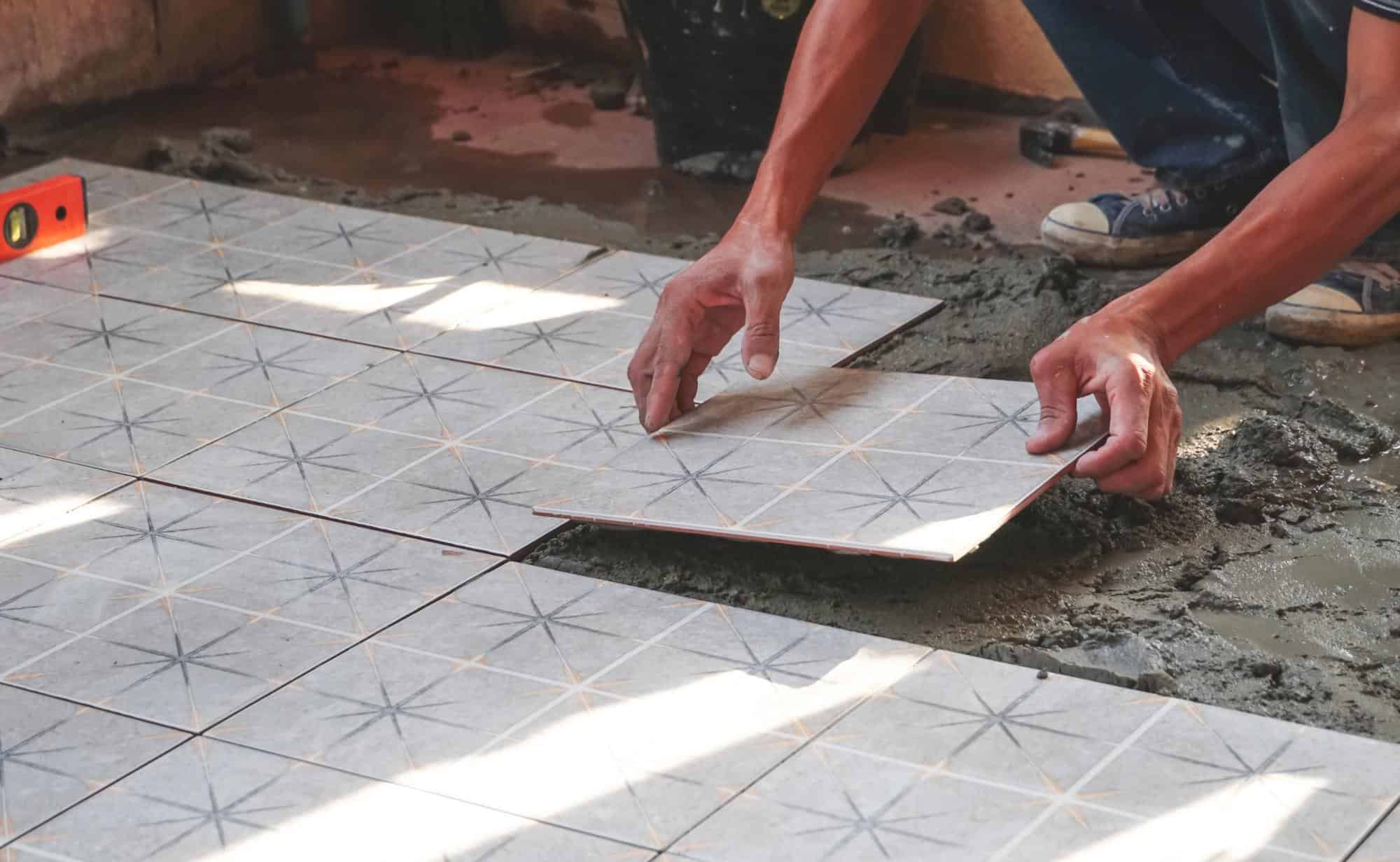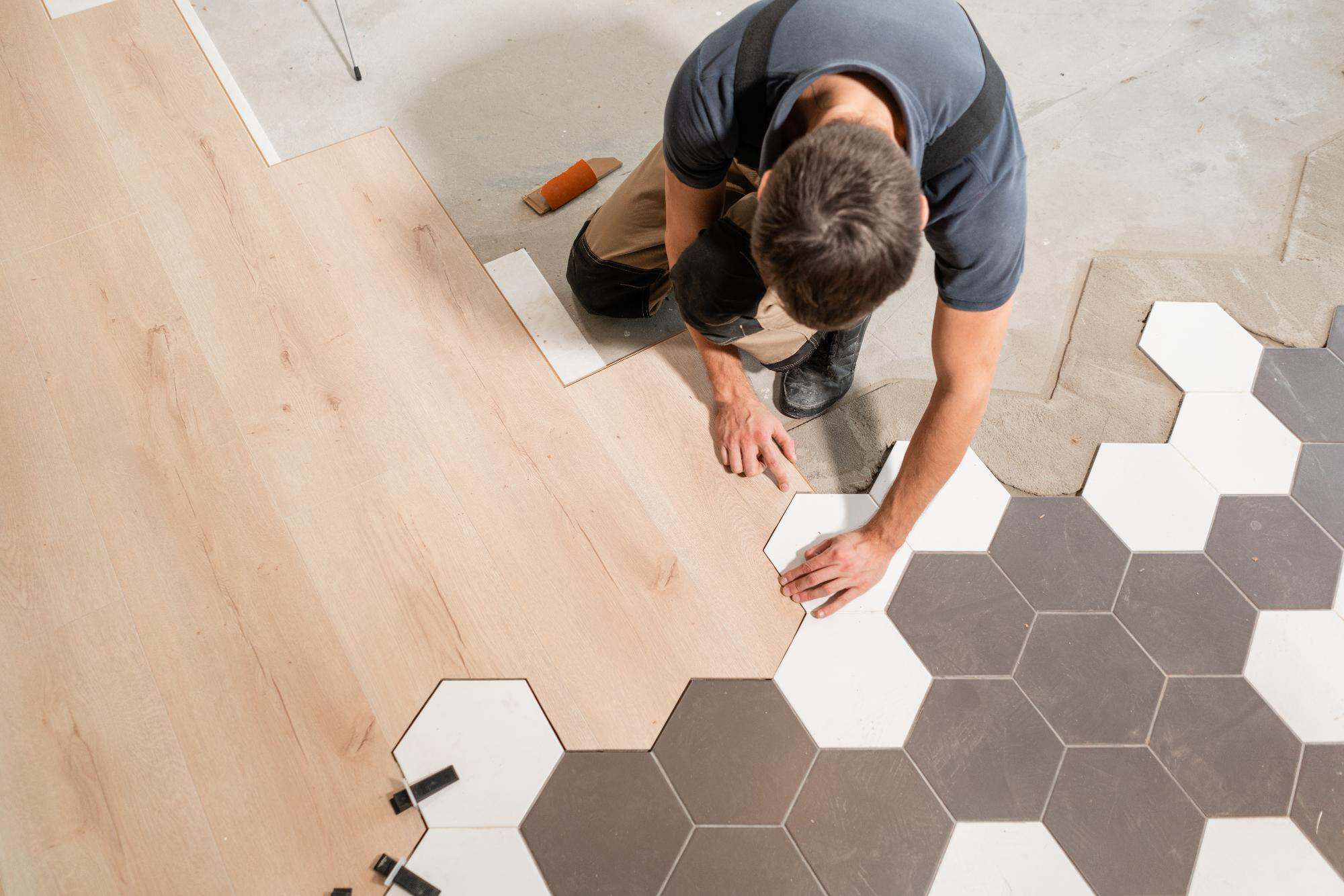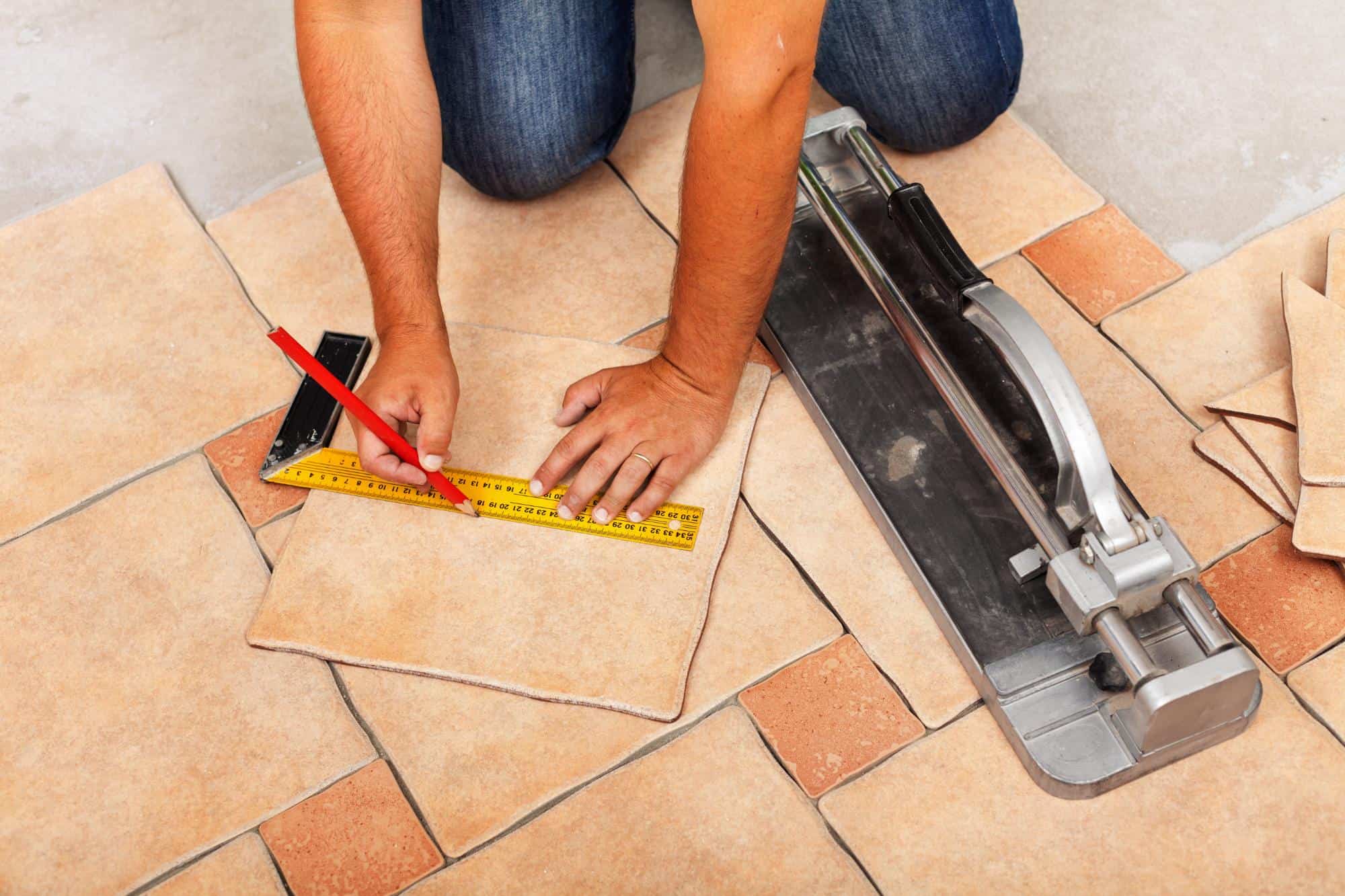Professional tile sealing that blocks stains at the source and cuts your cleaning time in half.

Hear from Our Customers

Spills become non-events. That red wine or coffee that used to send you scrambling for cleaning supplies? It sits on the surface, giving you time to wipe it up without panic or permanent damage.
Your weekly cleaning routine shrinks from scrubbing to simple mopping. The grout lines that used to darken despite your best efforts stay clean because dirt can’t penetrate the protective barrier we’ve applied.
You stop planning floor replacement. Instead of watching your investment deteriorate, you’re protecting it for years to come—often at less than 15% of what new flooring would cost.
Diamond Stone Restorations Corp has been serving Crotonville homeowners and businesses who want to preserve their existing floors rather than replace them. We understand the specific challenges in this area—from the humidity that affects grout to the high-traffic patterns typical in Hudson Valley homes.
We’re restoration specialists, not general cleaners. This means we know exactly which sealants work with your specific tile type and how to apply them for maximum longevity. Ceramic needs different protection than porcelain, and natural stone requires specialized products entirely.
Our focus is simple: extend the life of what you already own. You chose those tiles for a reason, and we help you protect that investment properly.

We start by identifying exactly what you have. Your ceramic kitchen tiles need different sealant than the porcelain in your bathroom or any natural stone surfaces. Getting this wrong means the protection won’t last, so we take time to assess properly.
Deep cleaning comes next. Any dirt, old sealant residue, or cleaning product buildup has to come off completely. This isn’t mopping—we use professional equipment to extract contaminants from deep within the porous grout lines.
Then we apply the right sealant using techniques that ensure complete penetration and coverage. We’re not rushing this step because proper application is what determines whether your protection lasts two years or five.
You get clear maintenance instructions that actually work. No generic advice—specific guidance based on your tile type, household traffic, and the sealant we’ve used.

Ready to get started?
We use professional-grade sealants selected specifically for your tile material and local conditions. Crotonville’s seasonal humidity changes and temperature fluctuations require products that can handle expansion and contraction without failing.
Your service includes thorough surface preparation that most companies skip entirely. Without proper cleaning and prep work, even premium sealants won’t bond correctly or last as long as they should.
We’ve learned what works in Hudson Valley homes over years of service in this area. The sealants we choose handle the moisture from nearby water sources, the temperature swings from seasonal changes, and the typical wear patterns we see in family homes and local businesses.
You also receive maintenance guidance tailored to your specific situation—not generic care instructions, but practical advice based on your household and the protection we’ve applied.

Ready To Restore The Beauty Inside Your Stone?
Show the beauty of your stone and your floor when you get help from DSR. Let’s work together to give you the best results possible. Contact us today!
Diamond Stone Restorations Corp
Company
Support
Useful Links